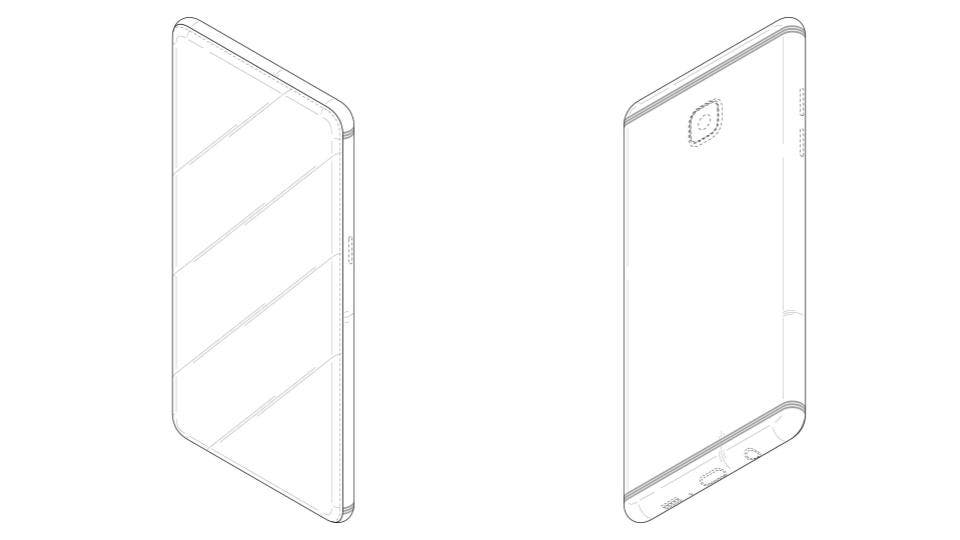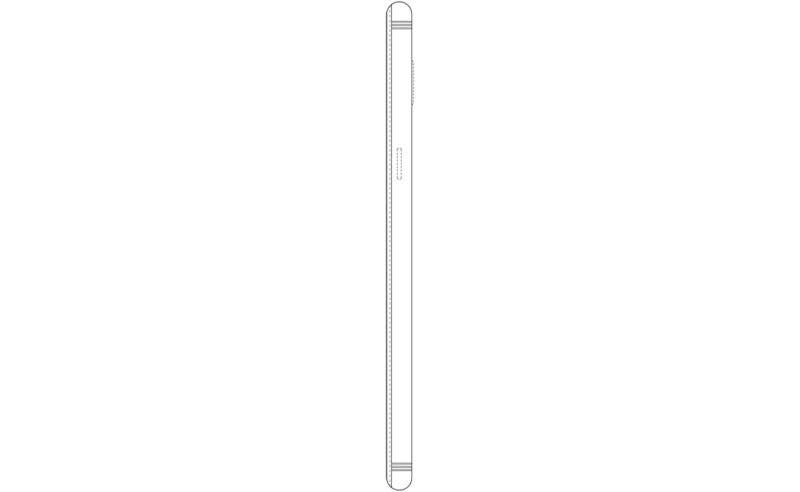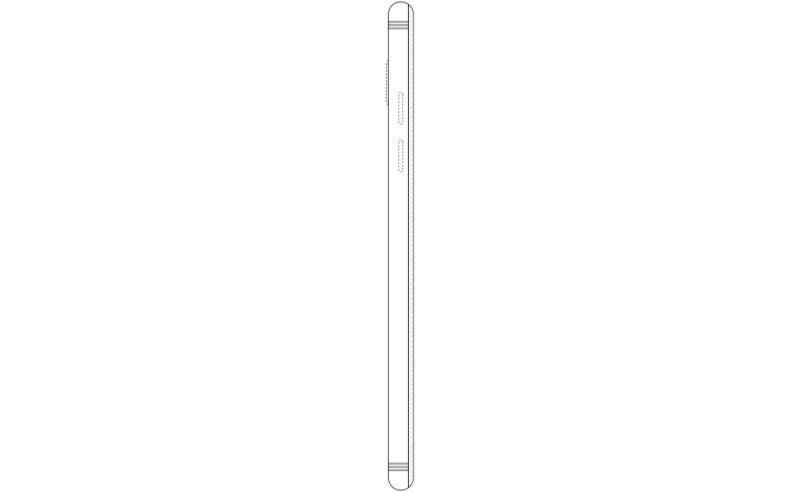Samsung has just filed a couple of new patents on his home country South Korea, all of them seems to be directly related to smartphone antenna and sensors placement. Neither of the patents seems to break any wall or pack any new outstanding feature for future Galaxy phones.
Apparently the company is just trying to find a good way to place their sensors and antennas in the future if the company decide to enlarge even more its Infinite Displays. In other words, the company doesn’t want to follow Apple’s solution with the aggressively placed sensor on the screen top. Talking about the iPhone’s X top-notch no matter what you do or think about it, it’s boring and intrusive, and the big majority of users will use black wallpapers to hide it from view.
Would make sense to see some of these patents to debut in the upcoming Galaxy S9 that will be released early in the next year. Although the patents doesn’t seems to be related with bezel-less devices, it’s totally imaginable that moving sensors and antennas to the phone’s border is the better way to cut even more the bezels in a device and consequently improve the screen-ratio, a trend that is becoming more and more demanding with the years.
This is not the first time that a company tries to put the sensors and antennas in a place such as smartphone’s frame. Although some companies succeeded with the attempt, others have failed and suffered from a lot of consequences from the badly applied choice i.e. iPhone 4 where Apple had to double the work to address calls and connectivity drop issues.
According to the latest round of rumors the Galaxy S9 is expected to arrive on the market with a nearly 90 percent of screen-body ratio, we can’t imagine a better way to trim down the bezels than applying such patent. The device is scheduled to arrive on the market between January and March 2018, so we’ll have to wait a little more to see if Samsung is planning to put their newest patents on the flagship.










